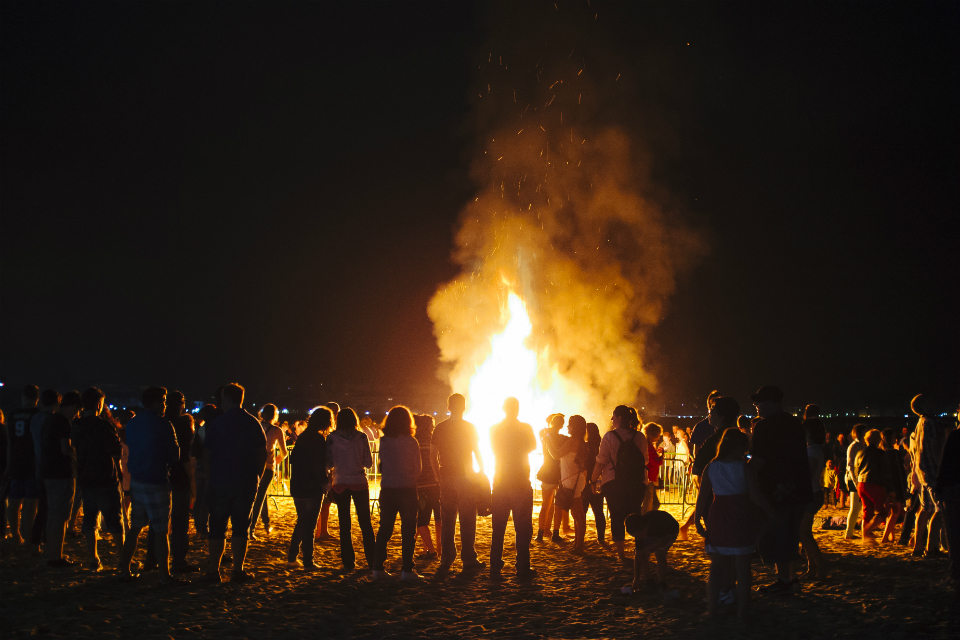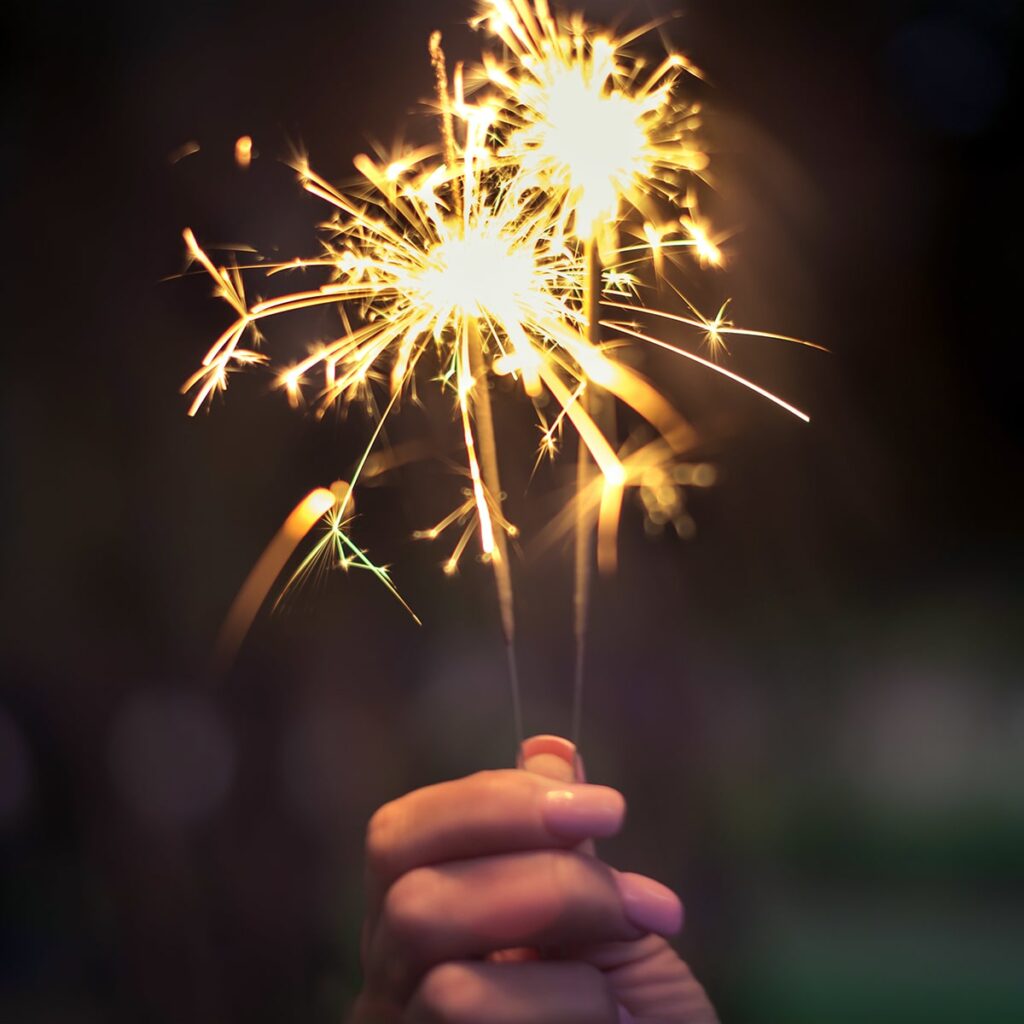Bonfire and Guy Fawkes Night

Before the control of the ‘organised’ bonfire and firework displays with which we are so familiar,
many bonfires across the town were opportunities for communities – streets, families,
neighbourhoods – to come together and find entertainment and good company through food, the
excitement of a fire and fireworks. It was also a chance for children to make a little money on the
streets.
The word bonfire comes from a Middle English word ‘banefire’, which means a fire for burning bones
as ‘bane’ was an old word for ‘bone’. Gruesomely, it was often an occasion when the bones (and
bodies) of religious heretics would be burned. Until recently, modern day bonfires, however, were
associated with Guy Fawkes Night and the religious and political plot led by the Catholic Robert
Catesby to blow up the Houses of Parliament in 1605. Interestingly, there is an alleged local
connection to this plot in that Peter Heywood (no relation !) who lived at Heywood Hall was
supposedly responsible for the capture of Guy Fawkes when he saw Fawkes about to commit the
deed and snatched the torch from him, thus preventing the destruction of Parliament. Whether that
is true or not is disputable as Heywood was in fact a magistrate working in Westminster but was
known for his legal persecution of Catholics so would have been sympathetic to the capture of the
gunpowder plotters.

As suggested earlier, until recently bonfires after the second world war have been local community
events. They were also a chance to make a ‘Guy,’ sit him out on the street and ask passers-by for
money. There had been a tradition of children doing this from the 18 th century, asking for a ‘penny
for the Guy.’ The quality of the Guy didn’t matter as it was normally burnt on the bonfire anyway but
it was sometimes no more than a brush steel with a jacket tied around it on top of which was a
balloon or cardboard head with the familiar beard drawn on it. Children would sometimes go door-
to-door asking for money after singing songs like ‘Guy Fawkes Guy’ or ‘Cob Coalin’ :
“We come a Cob-coalin, cob coalin, cob coalin
We come a Cob-coalin for Bonfire day,
Fal-a-day, fal-a-day, fal-a-diddly-i-dum-day.
For down in yon’ cellar there’s plenty of bugs
They’ve eaten our stockings and part of our clogs
We’ll get a big axe and we’ll chop their heads off
And we’ll have a good supper of bugs heads and broth.’
Preparation for the bonfire itself would go on for weeks with wood collecting (which we called
‘bommy wood’) and then setting guards to defend the wood from other marauding children from
nearby neighbourhoods who were out to steal your collection. Being brought up on Milnrow Road
we were conscious of boys coming from Tin Town (near Hornets ground) who thought nothing of
fighting you for your wood.
Before the fire, if your family had the money, you would go to a shop and buy fireworks. The
fantastic colours of the fountains and the roman candles, the pinwheels, the jumping jacks, the
rockets and the bangers would be laid out for sale on the counter and you would pick the ones you
wanted and bring them home, ready to ‘light the blue touch paper and retire immediately’ for
safety, not that there was too much concern for it. Sparklers would be waved about in the dark,
rockets would be set off from milk bottles and either soar into the sky or hit nearby houses and fall
fizzing to the ground. The evening of the bonfire itself usually started after tea – about seven o’clock
and people from the houses would gather round and the fire lit. Soon there would be a blaze and
faces would be glowing in the heat of the fire. People would set off their family fireworks which
would be watched by everyone. There was some sympathy for dogs and cats on a night when booms
and bangs were frequent, animals often traumatised indoors with the sounds. Communities would
come together for the food too. Depending on what various kitchens could prepare, this would
consist of parkin and treacle toffee, sometimes black peas and – for those willing to get a hot face –
potatoes roasted whole at the edges of the fire.
Always a busy night for the fire brigade, bonfire night used to be a risky, sometimes dangerous but
colourful date on the calendar, one which brought neighbours together. Of late, the health and
safety regulations around fires and fireworks has changed all of that and replaced it with a safer,
organised experience with people at a safe distance from the action. As a result of these changes
and this ‘progress’ however, the history of the event is being forgotten as is the loss of bonfire
night’s unifying of households in community.